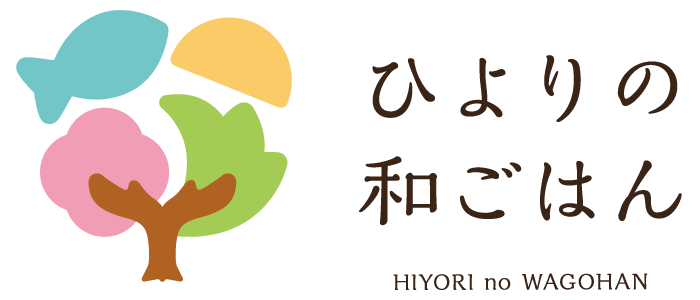Hay fever in children is increasing year by year. The incidence rate for cedar pollen allergy alone is 30.1% for those aged 5-9 and 49.5% for those aged 10-19. In other words, one in three children aged 5-9 and one in two children aged 10-19 suffer from cedar pollen allergy. (From the 2020 edition of the Nasal Allergy Treatment Guidelines - Perennial Rhinitis and Hay Fever)
As you can see from these numbers, it is said that children start to suffer from hay fever around elementary school age, but recently, although it is rare, some children over the age of 1 are suffering from it. Young children cannot express their discomfort in words, so if you notice any symptoms that concern you, we recommend that you take them to the hospital as soon as possible.
I think I have hay fever! What symptoms are bothering me?
- A persistent watery or slightly sticky runny nose
- My eyes itch when I go outside
- My eyes are watery
- Snoring
- Wipe and rub your nose frequently
Children tend not to sneeze much, but have a lot of stuffy noses. This is because their noses are small and easily clogged, and when they are blocked, pollen cannot get in, so they don't sneeze.
However, you can't tell if your dog has a stuffy nose just by looking at it. So, the key to tell is whether or not your dog has its mouth open. Since your dog is having difficulty breathing through its nose, it is likely that it will be breathing through its mouth more often, so please observe carefully.
Delicious food to combat hay fever
Ingredients that are said to be effective in preventing hay fever are those that regulate the intestinal environment and normalize the immune system, and examples of common foods include the following:
Yogurt, lactic acid bacteria, potatoes (vitamin C), green onions, garlic, Chinese chives, ginger, udo, butterbur, cinnamon (warms the body and makes the body resistant to cold, effective against hay fever attacks), peanuts, dried persimmon, sesame, lily root (effective against dry symptoms caused by nasal congestion), kudzu, burdock, persimmon (effective against acute sinusitis), Japanese yam, Aralia aralia, loach, shrimp (effective against lethargy from hay fever attacks), wakame seaweed, grated radish (folk remedies for hay fever *from the Ministry of Health, Labor and Welfare)
Recommended foods for infants and toddlers include fermented foods (yogurt, natto), dietary fiber (potatoes, lotus root, mushrooms), ground sesame, oily fish, etc. Why not introduce foods that your child can eat according to their age?
lastly
Unlike medicine, it is difficult to judge whether food has an immediate effect on improving or preventing hay fever, and there are individual differences. However, there are nutrients that contribute to immune function and health maintenance through food intake.
We believe that incorporating these tips into a balanced diet can help prevent hay fever, so we have introduced them here. Please use them as a reference.

